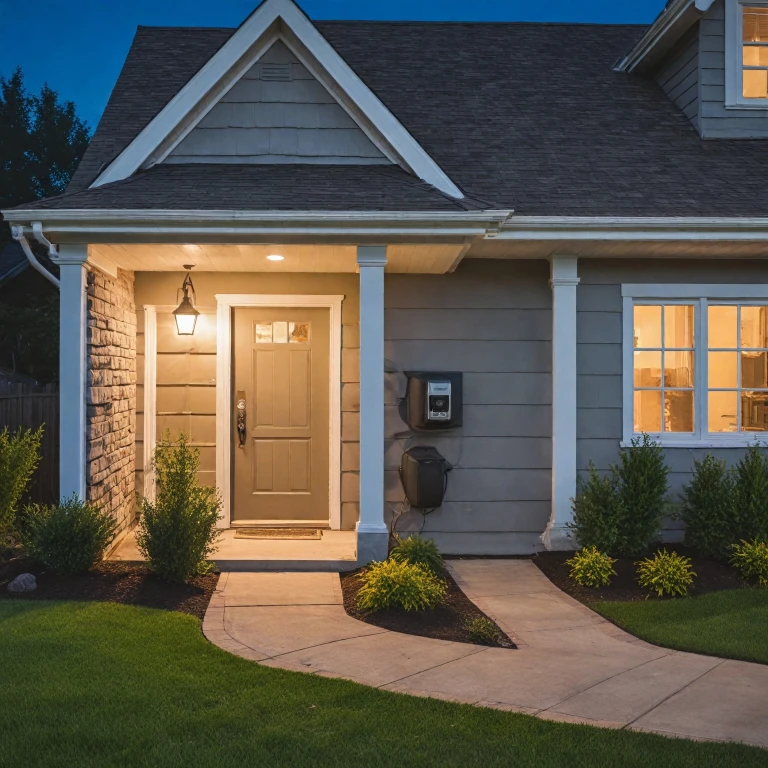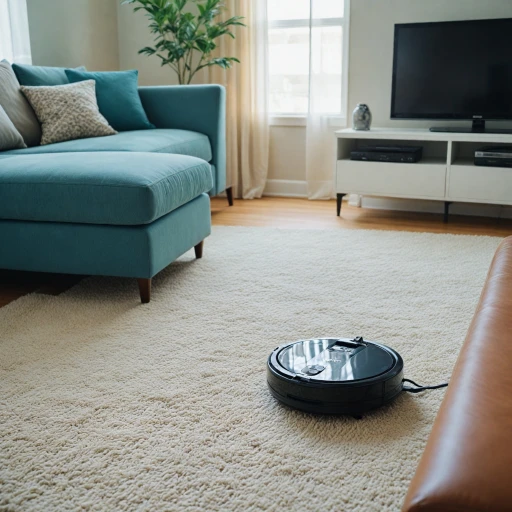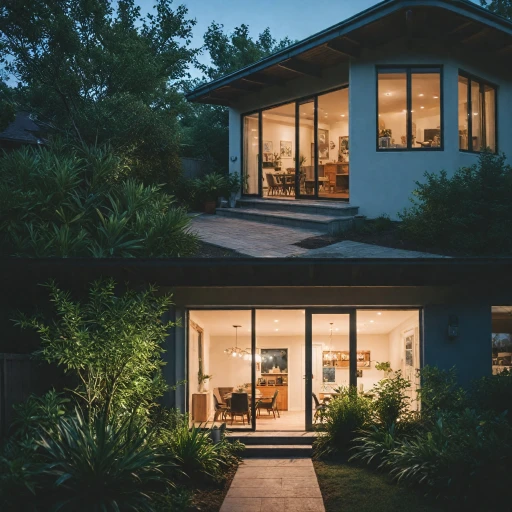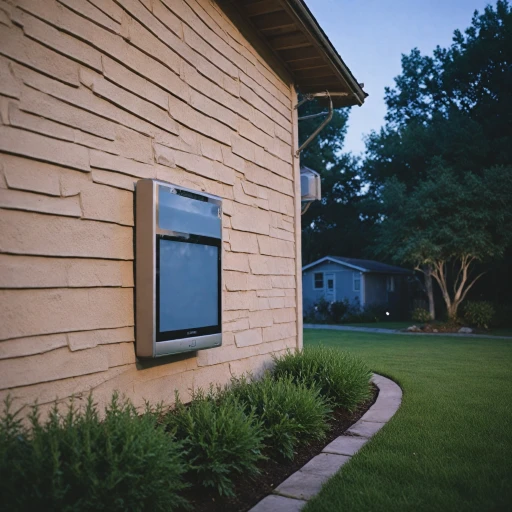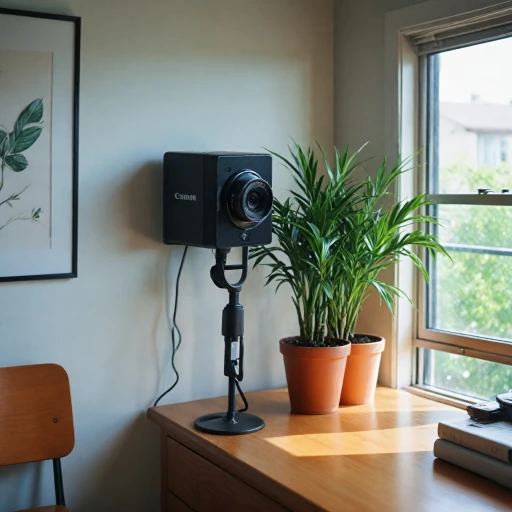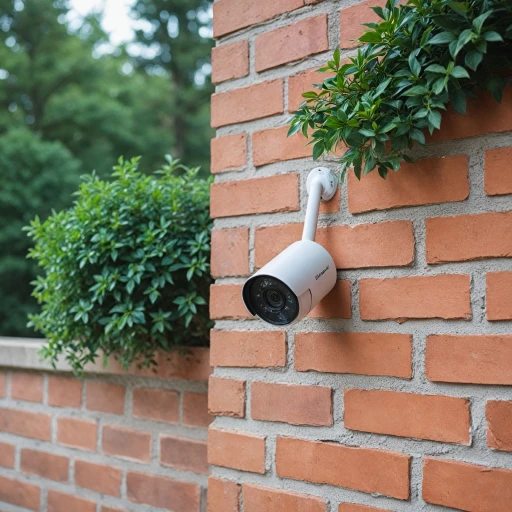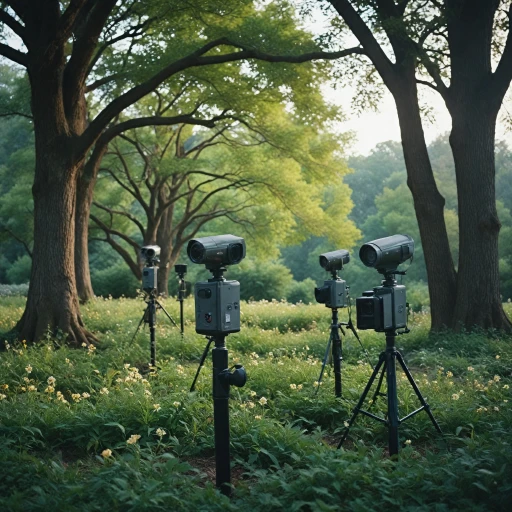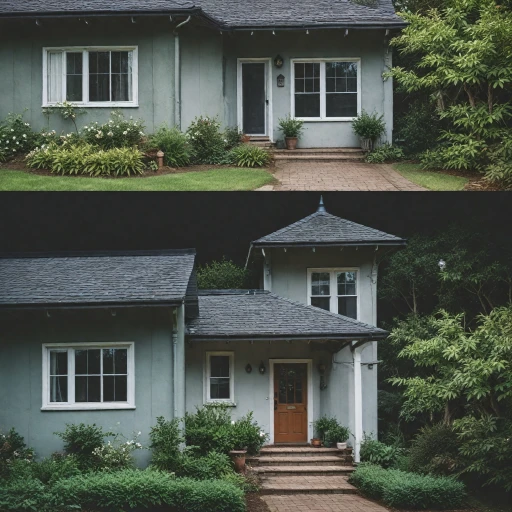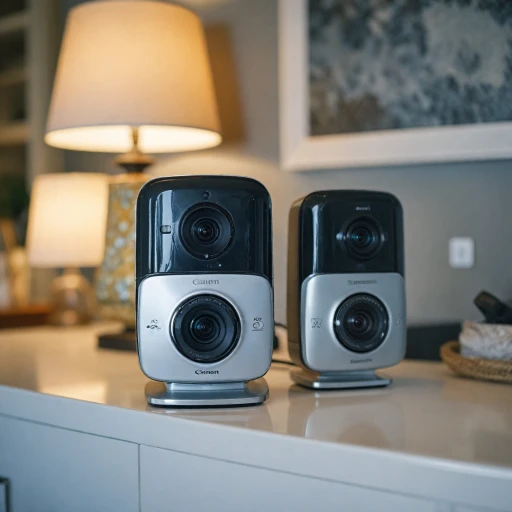
Understanding Wireless Security Camera Systems
Understanding the Basics of Wireless Security Camera Systems
When considering the installation of a wireless security camera system for your home, it's essential to understand the fundamental components and how they work together to provide peace of mind. Wireless security cameras have become increasingly popular due to their flexibility and ease of installation. Unlike traditional wired systems, these cameras transmit video data wirelessly, often over a Wi-Fi connection, making them a versatile option for both indoor and outdoor use. In a typical wireless camera setup, you'll find a range of features designed to enhance security and surveillance:- Video Quality and Night Vision: A crucial aspect of any security camera is its video quality. Wireless systems typically offer high-definition video, ensuring clear visibility of recorded events. Additionally, many cameras include infrared night vision, allowing for round-the-clock monitoring even in low-light conditions.
- Remote Access and Control: Modern systems come equipped with an app that enables remote viewing from smartphones or computers. This means you can check in on your property from anywhere, at any time, providing a real-time view and greater control over your security measures.
- Motion Detection and Alerts: Typically integrated into wireless cameras, motion detection technology triggers alerts when movement is detected within a camera's field of view. This feature can often be customized to filter out false alarms, reducing unnecessary notifications.
- Audio Capabilities: Two-way audio is another valuable feature in many wireless security cameras. It allows you to listen in on what's happening at home and communicate with anyone near your cameras, which is particularly useful if you need to address delivery personnel or visitors remotely.
- Local Storage and Cloud Options: While some systems store recorded videos directly onto a hard drive or local storage such as a microSD card, others utilize cloud storage for safe and convenient access to footage.
The Advantages of Remote Viewing
Embrace the Power of Remote Monitoring
Remote viewing is a game-changer in the realm of home security, offering homeowners the ability to monitor their property from virtually anywhere. With advancements in wireless technology, you can now access live video feeds from your security cameras directly through a smartphone app, providing peace of mind whether you're at work or on vacation.
Stay Connected with Real-Time Alerts
One of the most significant advantages of remote viewing is the ability to receive real-time alerts. Many wireless security camera systems come equipped with motion detection features that send notifications to your device whenever movement is detected. This allows you to take immediate action if necessary, enhancing your overall security system.
Flexible Access and Control
Remote viewing isn't just about watching live feeds; it also offers control over your camera system. You can pan, tilt, and zoom cameras with ease, ensuring you have a comprehensive view of your property. Additionally, some systems offer two-way audio, allowing you to communicate with anyone on your premises, adding an extra layer of security.
Secure and Convenient Storage Options
Many modern wireless security cameras provide flexible storage solutions, such as local storage on a microSD card or cloud-based options. This ensures that your video footage is safely stored and easily accessible when needed. Some systems even offer free storage plans, making it more convenient for users to manage their surveillance data.
Choosing the Right SIM Card for Connectivity
For those opting for a cellular-based camera system, selecting the right SIM card is crucial for seamless remote access. A reliable SIM card ensures that your cameras remain connected to the network, providing uninterrupted video streaming and alerts. For more details on choosing the right SIM card, you can explore this guide.
Key Features to Look For
Essential Features to Elevate Your Security System
Finding the right wireless security system for your home means knowing the key features to prioritize. Many systems offer a variety of capabilities, but focusing on those that enhance security and user experience can make a significant difference.
- High-Quality Video: Clarity is crucial. Opt for a camera with at least 1080p resolution to ensure clear views in both day and night settings, with night vision capabilities.
- Motion Detection: This feature allows your camera system to alert you when movement is detected within its field of view, providing essential surveillance without constant monitoring.
- Remote Access: Accessing your camera feed remotely via an app ensures peace of mind, allowing you to monitor your home from anywhere. It’s a vital aspect of modern wireless security systems.
- Audio Functionality: Two-way audio enables communication through the camera. This can be used to deter intruders or to check in with family members or pets.
- Smart Integration: Choose security cameras that work with smart home systems for seamless operation and increased control over your security infrastructure.
- Local and Cloud Storage: Look for systems offering both options—local storage such as a microsd card for continuous recording, and cloud storage for secure, offsite access.
- Battery and Power Options: Some cameras feature wire-free models with rechargeable batteries, expanding placement flexibility, while others connect to a hard drive for uninterrupted operation.
- Weather Resistance: For outdoor security, ensure cameras are designed to withstand various weather conditions to maintain reliability year-round.
When evaluating a camera system, consider these features carefully to enhance the overall security of your home, providing a layer of defense and comfort.
Installation Tips for Optimal Coverage
Tips for Installing Your Wireless Security Cameras
To achieve optimal coverage with your wireless security camera system, careful planning and smart placement are essential. With a focus on both indoor and outdoor security, these guidelines will help you position your cameras correctly for maximum surveillance efficiency.
- Strategic Placement: Identify key areas that require monitoring, such as entry and exit points, driveways, and blind spots. Ensure the cameras with motion detection features cover these areas to trigger alerts when needed.
- Height and Angle: Mount security cameras at a height of at least nine feet to reduce tampering risks, and adjust the angle to capture wide views. Consider cameras with pan tilt functions for flexible coverage.
- Connectivity Check: Ensure a strong wireless connection for smooth operation by performing a signal test at the intended installation points of your Cameras. Utilize a Wi-Fi extender if necessary to enhance the system’s connectivity.
- Night Vision Readiness: Cameras with night vision capabilities should be positioned in low light areas while avoiding obstructions like walls or trees that could block infrared illumination, ensuring clear night-time video surveillance.
- Weatherproof Options: Choose outdoor security models that are weather-resistant and can withstand various climate conditions. Many outdoor wireless security cameras are designed to be rain and heatproof.
- Battery and Power Needs: For wire free cameras, check battery life ratings and accessibility for recharging or battery replacement. Reliable power supply ensures uninterrupted operation, vital for peace of mind security.
By considering these key factors during installation, you can optimize your camera system for comprehensive surveillance. Moving forward, addressing common concerns such as privacy and connectivity issues will help fine-tune your security setup to best suit your needs.
Addressing Common Concerns and Challenges
Addressing Your Concerns with Wireless Security Cameras
When considering a wireless security camera system, it's natural to have questions and concerns. Here, we address some of the most common issues, helping to set your mind at ease.Security and Privacy
For many homeowners, security isn't just about preventing break-ins but also ensuring the privacy of their own footage. Opt for cameras with advanced encryption standards, protecting your video data from unauthorized access. Systems that offer local storage options like a microSD card or hard drive can provide peace of mind by keeping data in your control.Reliability of Wireless Connectivity
A common concern with wireless security systems is the reliability of the network. Ensure a stable connection by placing your wireless cameras within range of your Wi-Fi router. Modern systems often include features like frequency hopping and interference resistance to maintain a consistent view.Outdoor Durability
When it comes to outdoor security cameras, weather resistance is key. Look for devices rated for outdoor use. Features like a weatherproof casing and robust construction ensure that your cameras will withstand varying weather conditions, offering seamless outdoor security.Battery Life Concerns
For those using wire-free options, battery life can be a concern. Choose cameras with long-lasting batteries and low power consumption. Many systems include an app or remote access feature to notify you when the battery is low.Effective Night Vision
Night vision is crucial for surveillance, ensuring you don't miss anything after dark. Cameras with infrared LEDs or advanced smart night vision capabilities allow you to capture clear video even in low light conditions. These features ensure consistent monitoring during nighttime hours.Motion Detection Sensitivity
Motion detection is a vital feature of any security camera system. Systems with customizable sensitivity levels reduce false alarms caused by passing cars or swaying trees, tailoring alerts to your needs. Advanced models may also include features like pan tilt zoom for a broader view or even audio detection.Remote Viewing and Monitoring
Remote viewing capabilities are a significant advantage of modern camera systems. With the ability to view live audio and video feeds from your smartphone, you can stay connected to your home's security. Ensure the system you choose works with reliable apps for iOS and Android, providing seamless access wherever you are. With these concerns addressed, choosing the right security camera system becomes a more straightforward process, allowing you to focus on protecting your home with the latest in security technology.Comparing Popular Wireless Security Camera Brands
Evaluating Top Brands for Your Wireless Security Needs
When choosing between wireless security camera options, several well-established brands stand out for their features and reliability. Here's a breakdown of some popular choices to help you find a camera system suited to your needs:
- Nest: Known for smart home integration, Nest cameras offer features like remote viewing with the app and advanced video analytics. They often provide seamless compatibility with other smart home devices.
- Arlo: Arlo is renowned for its wire free outdoor security cameras with robust night vision capabilities. Their systems often include motion detection and audio features, giving homeowners comprehensive surveillance options.
- Ring: Ring cameras are equipped with reliable motion detection and offer subscription-based video storage alternatives besides local storage options through a hard drive or microsd card.
- Wyze: Offering affordability without sacrificing quality, Wyze provides cameras with free remote access, making them a popular choice for budget-conscious consumers.
- Reolink: Known for their outdoor security cameras with high-resolution video and pan tilt functionalities, Reolink systems often include both battery-operated and hard wired options to suit various security system needs.
It's essential to evaluate these brands based on your unique requirements, such as whether you prioritize battery life, video capture quality, audio features, or the flexibility offered by a particular app. Additional considerations include how each system with night vision and remote viewing capabilities aligns with your surveillance goals.

